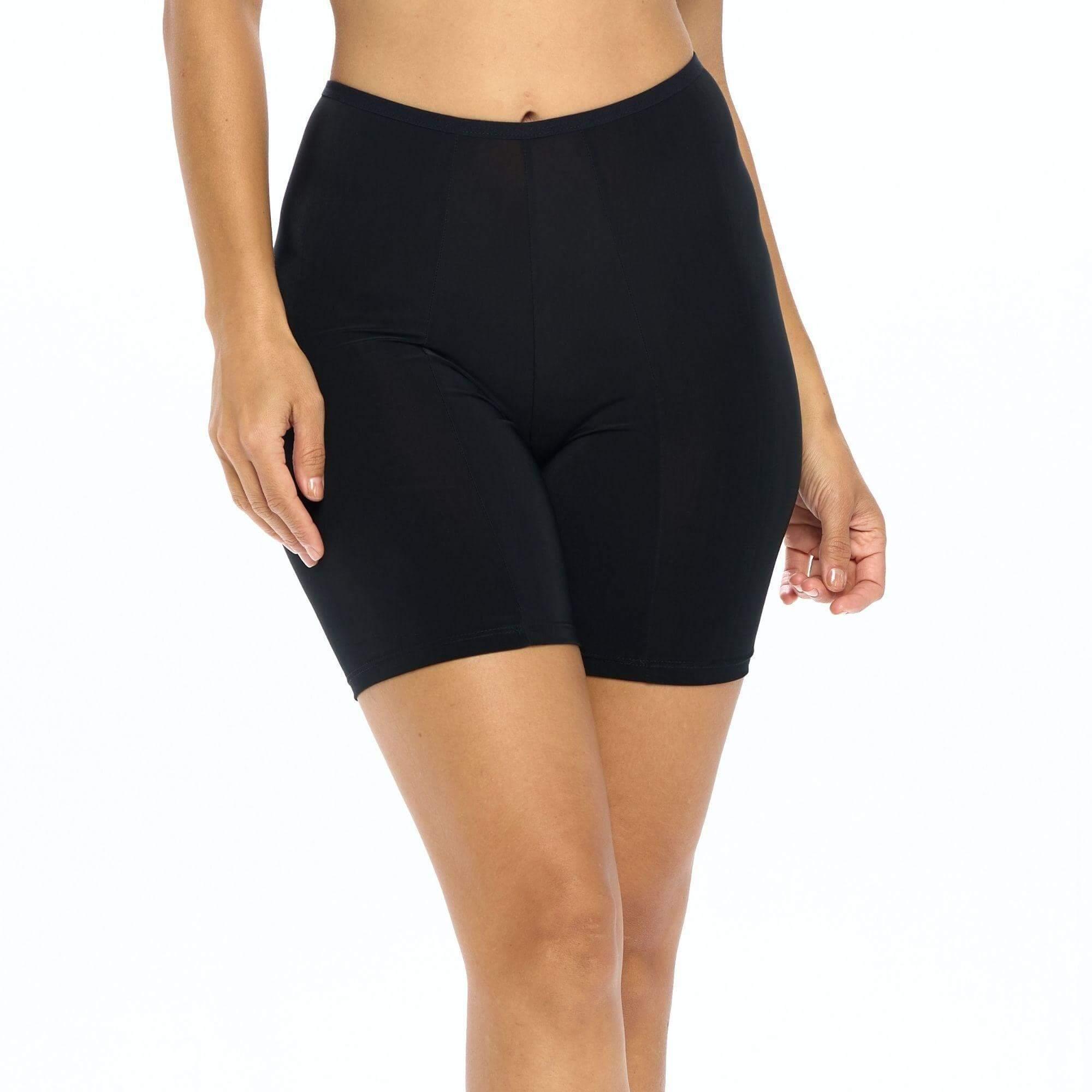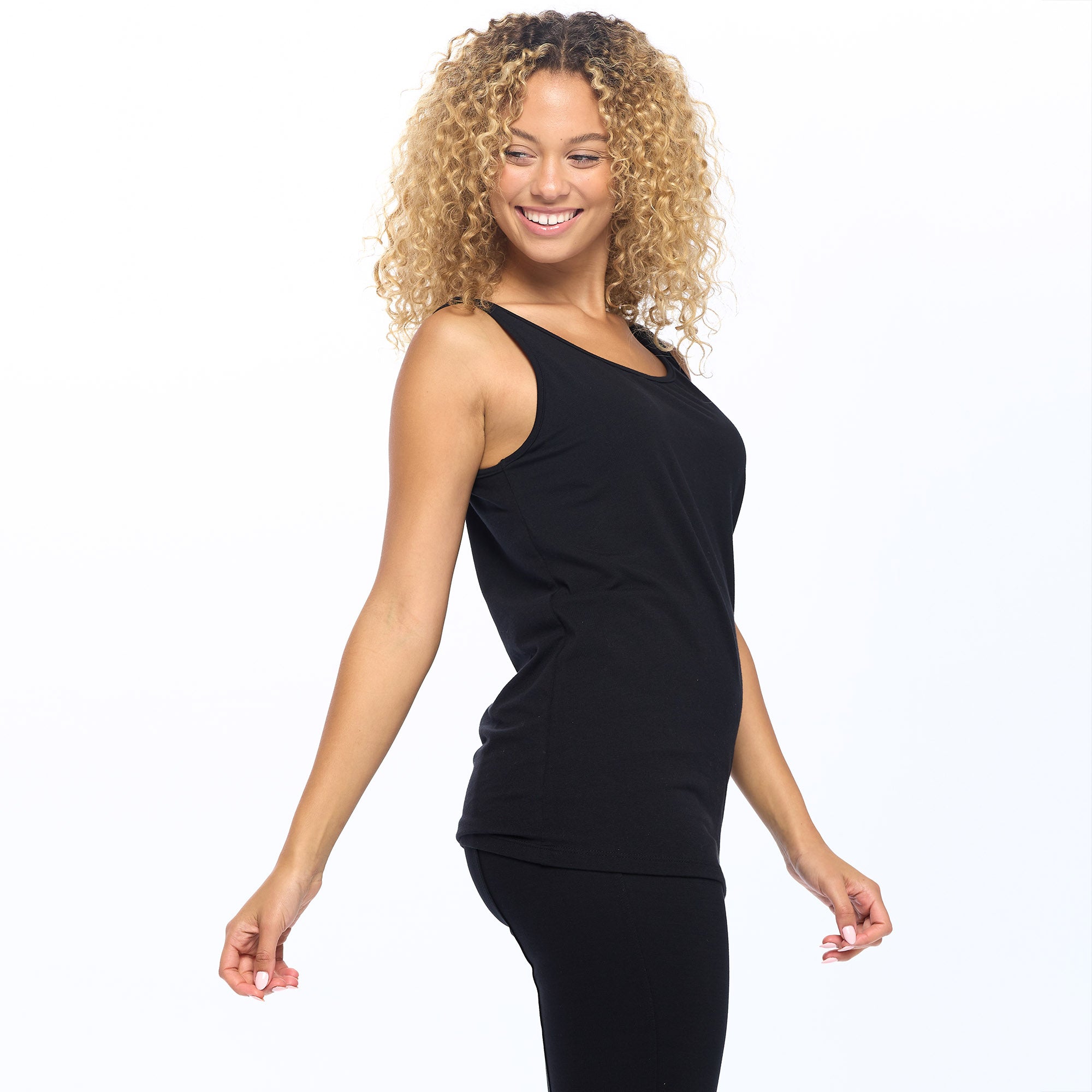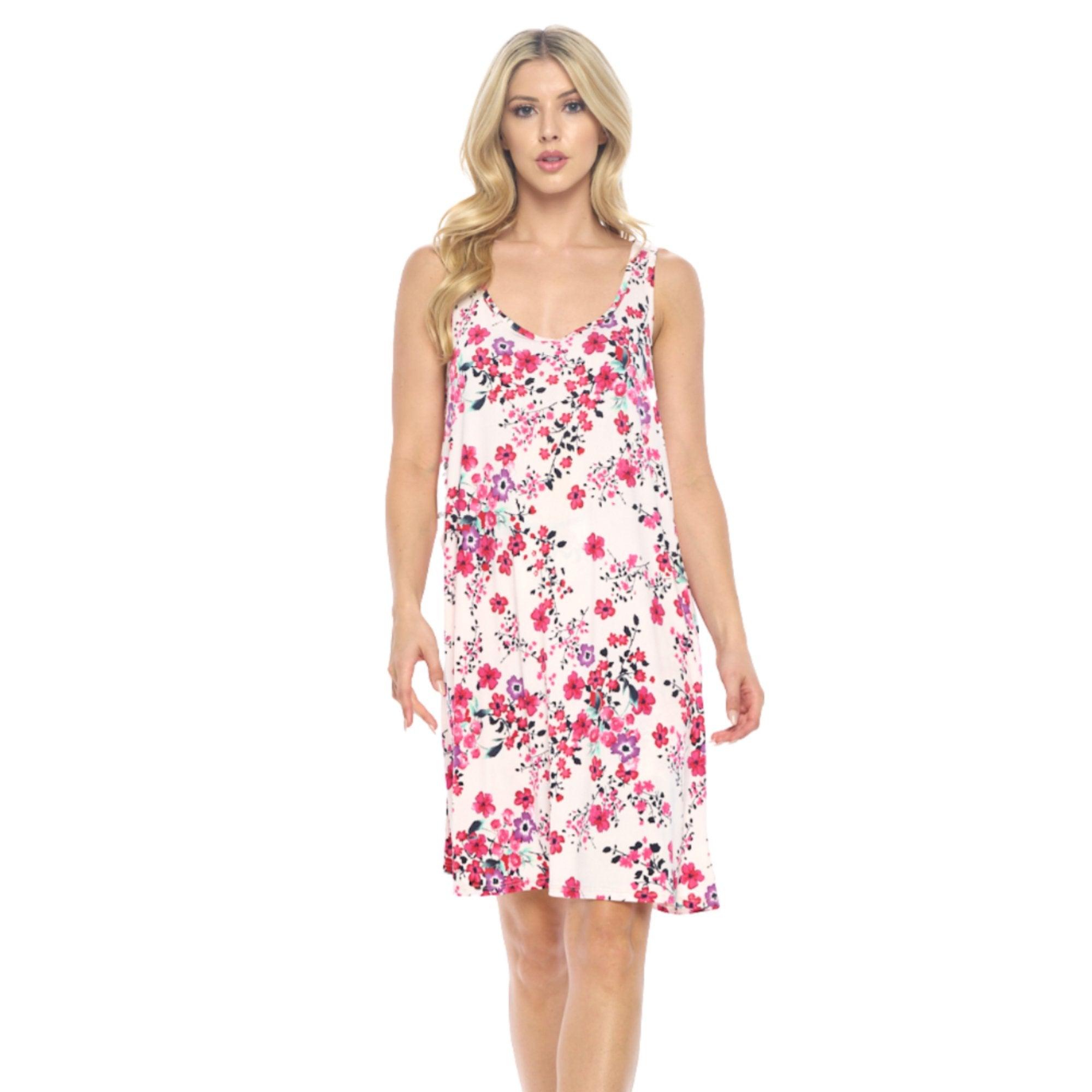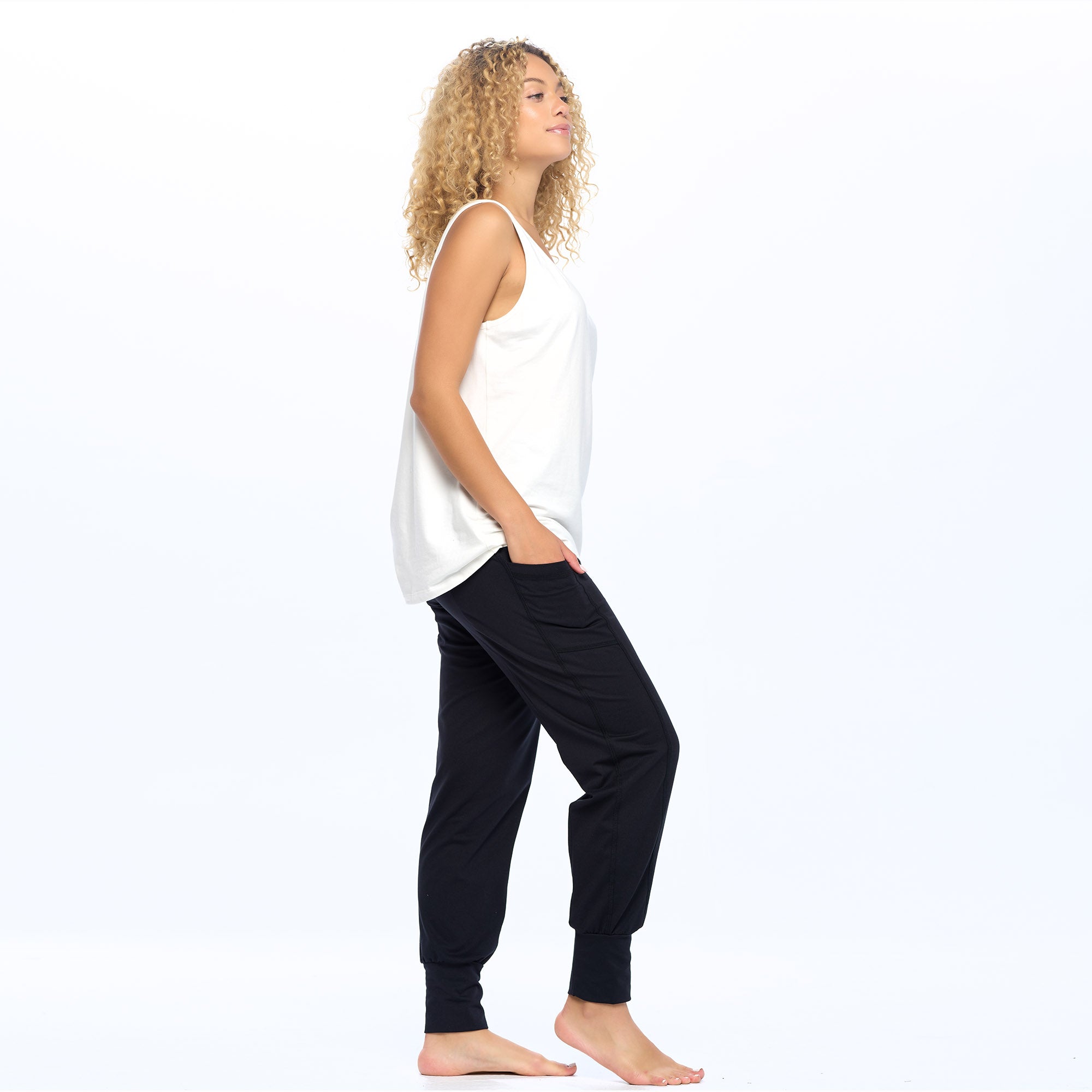As the weather warms up and dresses become a go-to in our wardrobes, one pesky problem can arise: thigh chafing. This common issue can be painful, uncomfortable, and even embarrassing. But fear not! With the right understanding, dress material, fit, and solutions, you can keep your thighs comfortable and chafe-free all summer long.
Understanding Thigh Chafing
First, let's discuss what causes thigh chafing. Essentially, it occurs when the skin on your inner thighs rubs against each other repeatedly. This constant friction can lead to irritation, redness, and even blisters. What's more, it usually happens more frequently in warmer weather when sweat and humidity can exacerbate the issue.
Thigh chafing is a common problem, especially for those who are physically active or live in hot and humid climates. It can be uncomfortable and even painful, making it difficult to enjoy activities like walking, running, or cycling.
Causes of Thigh Chafing
What specifically causes thigh chafing? It can be due to a variety of factors, including:
- Tight or ill-fitting clothing
- Walking or doing other physical activity for extended periods
- Sweating or moisture on the skin
- Wearing synthetic materials that don't breathe well
It's important to note that thigh chafing can happen to anyone, regardless of their body size or shape. Even athletes with well-toned thighs can experience chafing if they don't take the necessary precautions.
Identifying Your Chafing Triggers
To prevent thigh chafing, it's helpful to identify what may trigger it for you. Take note of when it happened, what you were wearing, and what activities you were doing. This can help you make adjustments to prevent or alleviate chafing in the future.
For example, if you notice that chafing tends to happen when you wear tight leggings, you may want to switch to looser-fitting pants or shorts. If you tend to sweat a lot during exercise, try wearing moisture-wicking clothing to keep your skin dry.
Another helpful tip is to apply a lubricating product, such as petroleum jelly or anti-chafing balm, to your inner thighs before engaging in physical activity. This can help reduce friction and prevent chafing.
Overall, thigh chafing is a common problem that can be easily prevented with a few simple adjustments. By identifying your triggers and taking the necessary precautions, you can enjoy your favorite activities without the discomfort of chafing.
Choosing the Right Dress Material
When it comes to choosing the perfect dress, there are many factors to consider. One of the most important factors is the material the dress is made from. Not only does the material affect the overall look and feel of the dress, but it can also impact your comfort level throughout the day. This is especially true when it comes to preventing thigh chafing, a common issue for many women.
Breathable Fabrics for Comfort
One of the best ways to prevent thigh chafing is to choose a dress made from breathable fabrics. Natural materials like cotton, linen, and rayon are great choices because they allow air to circulate to your skin. This helps to lower your risk of sweat and chafing, keeping you comfortable all day long.
Cotton is a popular choice for summer dresses because it is lightweight and breathable. It is also easy to care for and comes in many different styles and colors. Linen is another great option for summer dresses because it is lightweight and has a natural, relaxed look. Rayon is a soft, comfortable material that is often used in dresses because it drapes well and feels great against the skin.
Avoiding Synthetic Materials
While synthetic materials like polyester and nylon may look great, they are not the best choice for summer dresses. These materials are known for trapping heat and moisture against the skin, which can lead to chafing and discomfort. If you must wear synthetic materials, look for moisture-wicking varieties that pull sweat away from the skin. This will help to keep you cool and dry, even on the hottest days.
Overall, when it comes to choosing the right dress material, it is important to consider your comfort level as well as the overall look and feel of the dress. By opting for breathable fabrics and avoiding synthetic materials, you can enjoy a comfortable, stylish dress that will keep you feeling great all day long.
Proper Dress Fit and Style
The fit and style of your dress can greatly impact not only your comfort but also your confidence. Here are some additional tips to consider when selecting a dress:
Finding the Right Dress Length
Choosing the right dress length is important for preventing chafing, but it can also affect the overall look of your outfit. If your dress is too short, your thighs may rub together more frequently. On the other hand, a dress that is too long can also pose a problem. If the hemline reaches your ankles, the dress could rub against your legs with each step, causing discomfort and even damage to the fabric. Aim for a dress that hits just above the knee, which can help minimize friction while still being stylish.
However, keep in mind that the length of the dress can also depend on the occasion. For example, a cocktail dress may be shorter than a formal gown. Additionally, your height and body type can also play a role in finding the right dress length for you.

Opting for A-Line or Flowy Styles
Tight, body-hugging styles can increase your risk of chafing, especially if the material doesn't have any stretch. Flowy, A-line dresses can offer more room for your legs to move freely, lowering your risk of friction. These styles can also be more forgiving and flattering for various body types.
When it comes to selecting the material of your dress, consider breathable fabrics such as cotton or linen. These materials can help keep you cool and dry, reducing the likelihood of chafing and irritation. Avoid synthetic materials such as polyester or nylon, which can trap moisture and heat, making chafing more likely.
Lastly, accessorizing your dress can also play a role in preventing chafing. Wearing shorts or leggings underneath your dress can provide an extra layer of protection and comfort. Alternatively, using anti-chafing products such as powders or balms can help reduce friction and irritation.
By considering these factors, you can select a dress that not only looks great but also feels great to wear.
Anti-Chafing Products and Solutions
If you're still experiencing chafing, there are several products and solutions you can try to alleviate the discomfort. Chafing is a common problem that can occur when your skin rubs against other skin or clothing, causing irritation, redness, and even blisters. This can happen in various parts of the body, including the thighs, underarms, and nipples. Here are a few options that can help you prevent and treat chafing:
Thigh Bands and Garters
Thigh bands or garters are accessories that wrap around your upper thighs, providing a barrier between your skin. They're designed to stay in place and prevent rubbing, making them an excellent option for dress wearers. Thigh bands come in various styles, colors, and sizes, so you can choose the one that fits your needs and preferences. Some thigh bands are made of breathable and moisture-wicking materials, such as nylon and spandex, which can help keep your skin dry and cool. Thigh garters, on the other hand, are typically used for lingerie or hosiery and can add a touch of glamor to your outfit.
Anti-Chafing Creams and Balms
Anti-chafing creams and balms create a protective layer of lubrication that prevents your skin from rubbing together. They're usually made of natural ingredients, such as beeswax, shea butter, coconut oil, and aloe vera, that soothe and moisturize your skin while reducing friction. Apply them directly to your inner thighs before getting dressed to reduce friction. Some anti-chafing creams and balms are also sweat-resistant and long-lasting, so you can stay comfortable throughout the day. They come in various forms, such as sticks, roll-ons, and tubes, and can be easily carried in your purse or pocket.
Talcum Powder and Cornstarch
Talcum powder and cornstarch can both help absorb moisture on the skin and lower your risk of friction. Simply sprinkle the powder on your inner thighs before putting on your dress. Talcum powder is made of talc, a mineral that can absorb moisture and odor, but it has been associated with health risks, such as lung cancer and mesothelioma when inhaled. Cornstarch, on the other hand, is a safer and natural alternative that can also soothe and soften your skin. However, be careful not to use too much powder, as it can clump and create a mess.
Overall, chafing can be a nuisance, but it's not a serious condition. By using the right products and solutions, you can prevent and treat chafing and enjoy your day without discomfort. Don't hesitate to try different methods and see what works best for you.
Incorporating Layering Techniques
If you're still experiencing chafing even after trying the above solutions, incorporating layering techniques may help. Here are some ideas:
Wearing Slip Shorts or Leggings
Slip shorts or leggings worn under your dress can create a barrier between your thighs, reducing friction. Look for lightweight options made from breathable materials so you don't get too hot.
Utilizing Pantyhose or Tights
Pantyhose or tights can also help reduce friction between your thighs. Look for sheer options that won't add too much extra warmth to your outfit.
By following these tips, you can minimize your risk of thigh chafing when wearing a dress. Remember, prevention is key. But if you do experience chafing, don't be deterred. There are plenty of solutions available to help keep you comfortable all summer long.









